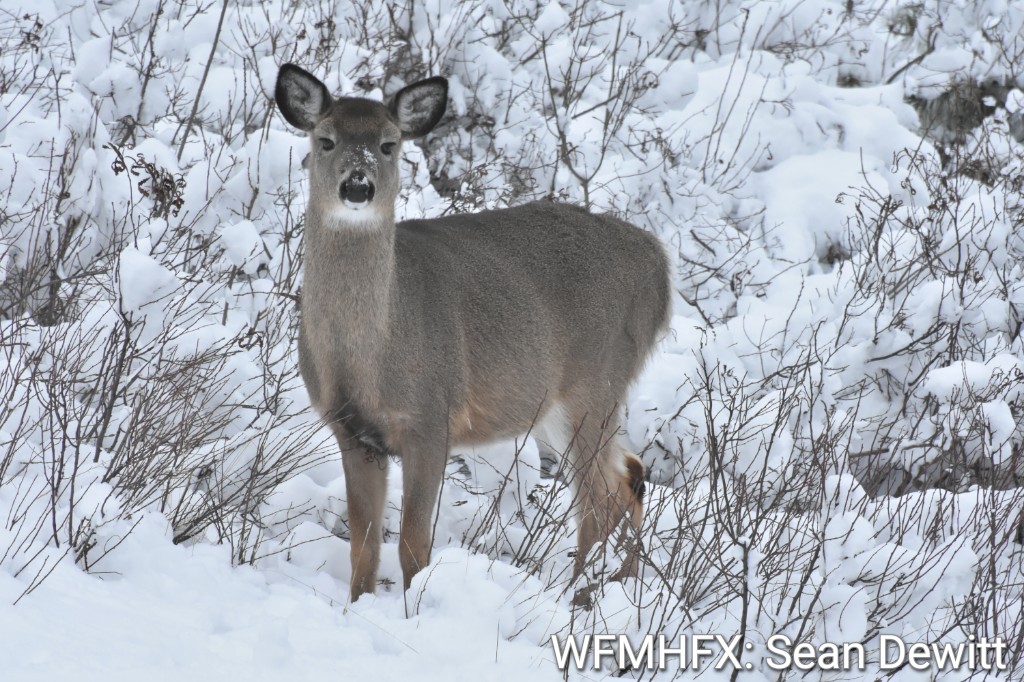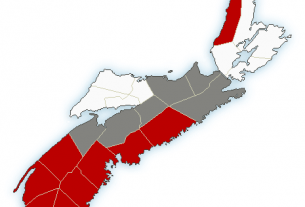**** Info via Environment Canada
A warm blanket of snow
Snow is a great insulator as it contains about 90% air. The snowflakes’ branches trap the air, slowing the heat transfer process through the snow layer. This phenomenon keeps very cold air outside and warm air inside. This is why some animals in colder climates build snow caves to borrow into for hibernation during winter. Shrews, voles and mice live and store food in spaces under the snow where the temperature is moderate. Squirrels also find temporary shelter when it’s very cold or windy.
A squirrel popping out of the snow.
Igloos, built by the Inuit, are probably the most popular way of taking advantage of the snow insulation properties. In Inuktitut, iglu means “house”. If it is built correctly, the temperature inside an igloo can be 30 °C warmer than the air outside. This is due to the trapping of body heat and the slow heat transfer through the walls of the igloo.
An igloo built in Walsh Lake, Yellowknife, Northwest Territories.
Dense snow that is compacted or wet loses much of its insulation value because of its inability to trap air. For some animals and plants, a snowless winter means that the living tissue is exposed to freezing temperatures that are too cold to survive. For example, when temperatures rise, reviving dormant strawberry plants, and then suddenly fall again, strawberry plants can suffer cold injury or “frost damage.” Many strawberry plants in Eastern Canada did not survive after the winter of 2015 because of the lack of snow.
Snow depth in Canada on February 20.




